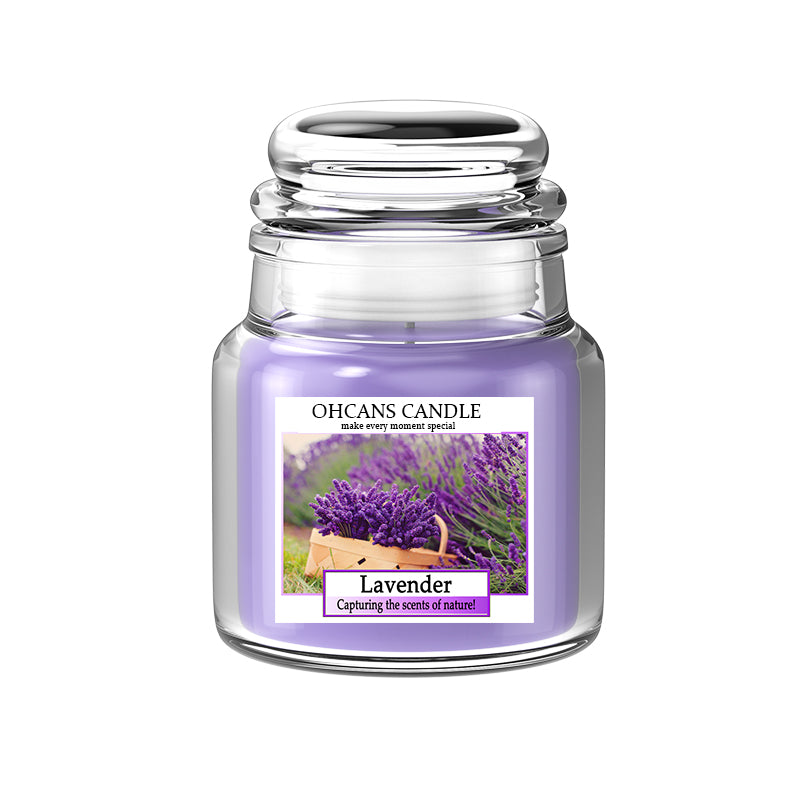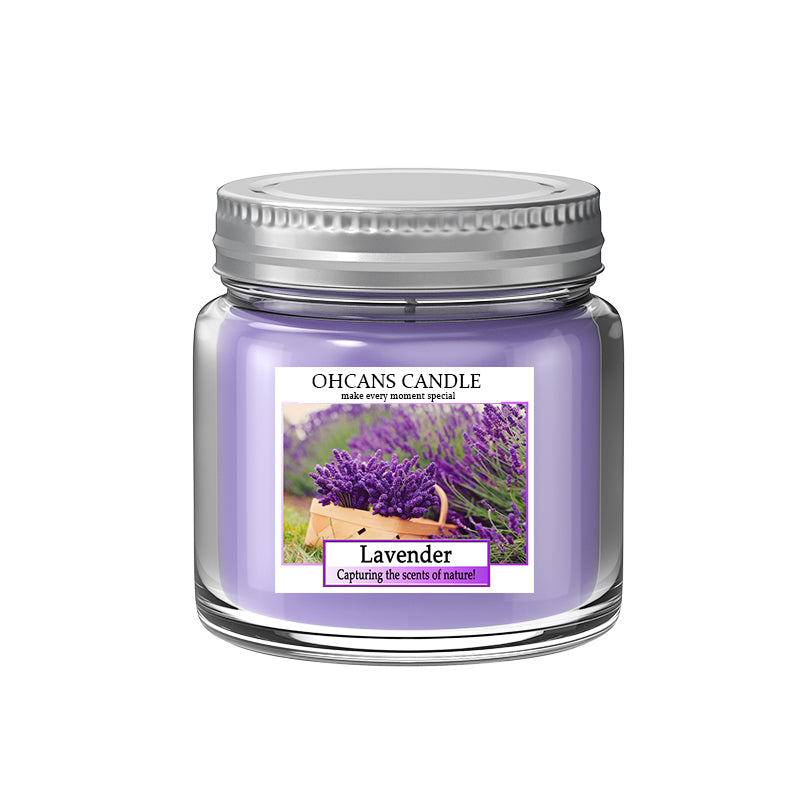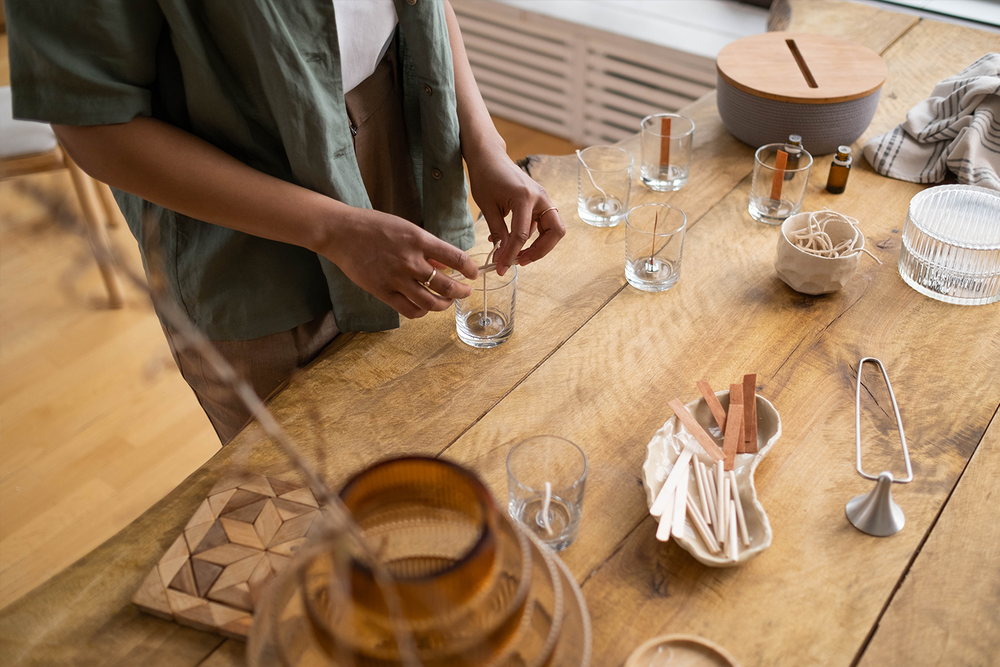Does Hand Sanitizer Stain?
How To Clean Your hand Properly?
To properly clean your hands with hand sanitizer, apply a generous amount to cover all hand surfaces. Rub your hands together, ensuring you cover between fingers, under nails, and the backs of your hands. Continue rubbing for about 20 seconds until your hands are dry. There are generally 2 types of hand santizers. One of which is alcohol based which contain at least 60% alcohol while the other is non-alcohol based. The non-alcohold based one contain antiseptic ingredient called benzalkonium chloride, which is effective for disinfecting your hand.
What Is In a Hand Sanitizer That Causes Stains?
Hand sanitizers can be sneaky culprits when it comes to staining your clothes, and it all boils down to a few key ingredients:
-
Alcohol (Ethanol or Isopropyl Alcohol):
- Alcohol is a powerful solvent. It can dissolve fabric dyes, which is why your favorite shirt might end up with those annoying lighter spots if you spill an alcohol-based sanitizer on it. It’s frustrating, right?
-
Benzalkonium Chloride:
- This disinfectant, often found in non-alcohol-based sanitizers, can also bleach fabrics. If you’ve ever wondered why your delicate clothes lose their color, this might be the culprit.
-
Hydrogen Peroxide:
- Sometimes included in sanitizers, hydrogen peroxide is a mild bleaching agent. It’s great for cleaning but not so much for maintaining the color of your fabrics.
-
Triclosan:
- An antimicrobial agent that doesn’t just kill germs but can also bleach your clothes. It’s a double-edged sword.
-
Fragrances and Additives:
- Sanitizers often have added fragrances and dyes to make them smell nice and look appealing. Unfortunately, these can react with your clothing, causing stains and discoloration.
So, next time you’re using hand sanitizer, be careful. These ingredients can turn a small spill into a big headache, especially on your darker or more delicate fabrics. It’s a bit like an uninvited guest who makes a mess at your party—unexpected and unwelcome!

What Are Some Fabrics That Are Prone To Hand Santitizer Stains?
How To Remove Hand Sanitizer Stains?
As always, the longer hand sanitizer sits on your clothes, the more damage it can do. The trick is to act quickly to minimize its effects rather than focusing solely on removing the stain.
Step #1: Scrape It Away When you spot hand sanitizer on your clothes, grab a dull object like a butter knife and scrape off as much as you can—after removing the garment, of course. This helps prevent more of the formula from soaking into the fibers, minimizing the damage. Think of it as your quick rescue mission!
Step #2: A Cold Rinse Goes a Long Way Turn the garment inside-out and rinse it under cold water to push as much of the sanitizer out as possible. Turning it inside-out is crucial; otherwise, you’re just pushing the sanitizer deeper into the fabric. Apply a sustainable dish soap, like Grab Green Liquid Dish Soap, and rub it in. This helps break up the sanitizer, making it easier to rinse away. It’s like giving your clothes a gentle, soapy pep talk.
Step #3: Get to the Laundry Toss the clothing into the laundry machine to wash away the sanitizer completely. Use natural cleaning products like organic laundry pods, such as 3 in 1 Laundry Detergent Pods, which are free of harsh ingredients and gentle on sensitive skin. You can also opt for natural laundry powder if you prefer. After washing, check the care label, and if allowed, dry the garment using natural dryer sheets. It’s the final stretch—your clothes will thank you for the extra care!
Easy Steps To Follow For Cleaning Your Clothes To Remove Any Type Of Stains
What Are Different Types of Stain That You Will Encouter ?
Generally speaking, stains can be organic or inorganic in nature. While, in terms of texture, the form can be oily or not. If you mix and match your given stain into four distinct categories.
1.Organic:Stains from living organisms including plants are considered organic, things like grass, blood, and red wine. Honestly, Standard organic stains are best treated with hot water. Alternately, you can opt to treat this particular type of stain with bleach alternative, which scientifically known as sodium percarbonate. Sodium percarbonate is most effective in its pure form. By the way, please remember not to use conventional chlorine bleach on your clothes alone by itself.
The reason is because most white clothes are treated with agents referred as optic whiteners. Chrlorin bleach in addition to being harmful to be body if ingested or with prolonged contact. What is even worse, they can even damage the fiber of the cloth over time.
Steps For Removing The Stain
1. Start by laying down a towel down on your work surface. Add 1/2 table spoon of Sodium Percarbonate to hot water. Mix and stir to dissolve well. Then, thoroughly wet the stained area of the garment in with the mixture.
2.Thoroughly soak the stained area of the garment.
3.Lay your garment on the towel and blot the stain. You can use a garment safe stain brush on most fabrics. Keep in mind, please avoid using a stain brush on fabrics like wools and silks.
5. wash the garment in your machine if you'd like, you can also add a bit more. By the way, instead of chemistry formulated formulars, you should try all purpose bleach alternative instead.
2.Inorganic : On the other end of the spectrum, Stains from man-made materials are inorganic, things like ink, solvent, or machine dust.
Steps For Removing The Stain
Inorganic stains are like ink, which are best removed by the use of a solvent. Rubbing alcohol is the best practice here. In this case, you can use a garment safe stain brush on most fabrics after spraying on a few layers of alcohol. In other words, you can even try plain vodka. Oddly, vodka acts as a wonderful solvent to effectively remove wine , grass and even vomit stains. Please remember to be more cautious when applying to wool and silk.
3.Oily Organic :Are things like barbecue sauce or sweat stains.
We need to pay extra attention to sweat stains, since they are a combination of oily organic and aluminum found in many commericial anti-perspirant. These paticular type of stains are best treated with stain solution first. Later, adding a layer of solid percarbonate.
4.Oily Inorganic :Refering to generally cosmetic like lipstick.
There are a few exceptions. Coffee and Tea are often treated like inorganics. In summary, for all organic or inorganic stains, they are best treated by dealing with the oil first.

Steps For Removing The Stain
1.To better remove the stain, fill the bottle with 50% water and 50% white vinegar.
2.Apply a bit of water with your water and laudry detergent for better result of removing the stain layer.
3.Spray the stain with the solution again. Blot or scrub the final oil layer .
4. Wash as normal with the ordinary laundry detergent.






Hinterlassen Sie einen Kommentar